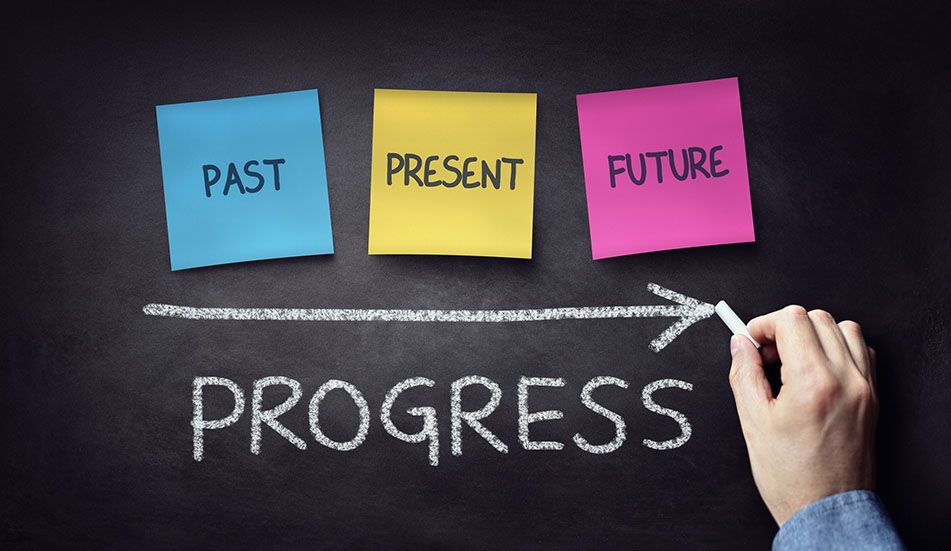Yesterday jobs.ac.uk had the pleasure of attending Enhance Media’s annual ‘Online Recruitment: The Year Ahead‘ conference which took place on Thursday 27th January in London.
Now celebrating its 10th year, the conference has evolved over the years to become Europe’s largest online recruitment conference and attracted some 430 delegates from 12 countries.
The conference featured an interesting line-up of informative speakers from brand leaders including Boots, LinkedIn, Google and ITV who all shared their thoughts on the current (and future) opportunities and challenges within online recruitment.
As to be expected, the conference had a very ”social” flavour with all speakers touching on how to use social media more effectively to engage and recruit top talent.
Here are just some of our key takeaways from the days discussions:
Lisa Wallace, Graduate Resourcing Manager, Boots
- Two-way communication on social media builds stronger relationships
- Boots use LinkedIn for recruiting support/office roles, blogs and forums for recruiting ‘hard-to-fill’ roles and Facebook for attracting graduates
- Boots have a continuous dialogue with jobseekers on Facebook from attraction to onboarding (such as welcoming new employees onboard, happy birthday messages, ability to talk to other graduates etc)
- Jobseekers have built their own community on the Boots Facebook page by engaging with each other and sharing their experiences of the brand – promoting Boots to an wider audience
Wade Burgess, Senior Director, LinkedIn
- LinkedIn has 135 million users across 120 countries – with 2 new members signing up every second!
- 14 million students use LinkedIn – growing alumni usage representing aspiring professionals
- Social media recruitment is the same “traditional” recruitment practice/intentions but on a different platform
- Context matters on social media (i.e be where your jobseekers are)
Michel van Luijtelaar, Industry Manager, Google
- Google received 75,000 CVs in a record week in 2011 and around 2 million CVs in total for 2011
- 77% of brand comment is by made consumers rather than brands themselves
- Jobseekers/social media users trust strangers rather than brands or recruiters
- Recruiters should be seen and heard across all channels (devices, sites etc) and understand each channels value
- 10% of all search is mobile – no excuse not to have a mobile version of the website
Giles Guest, Director, Enhance Media
- 57% of employers are not effectively measuring recruitment data
- Recruiters should use applied data to find out which channels are most effective, how to save money, understand if getting the best candidates and why candidates are rejecting brands
- Three types of data to analyse – candidate data (what they want), market data (understanding your position/market) & activity data (how candidates interact with your brand)
Gary Franklin, Founder, The Firm
- FIRM survey – 75% of respondents use social media to source and engage potential employees
- A low percentage of vacancies are filled by an agency
- There is an increasing usage of CV databases by recruiters
To summarise then – great venue, fabulous networking lunch and some really interesting ideas and conversations had with delegates including lots of useful sound bites on Twitter.
We look forward to the next conference in 2013.


Share your comments and feedback